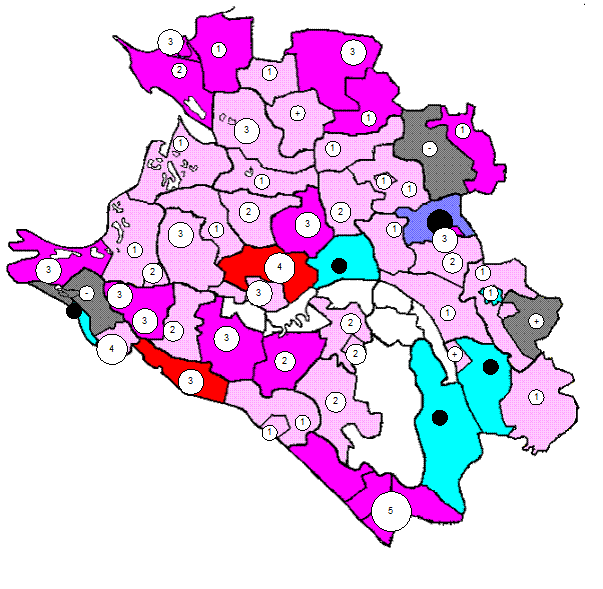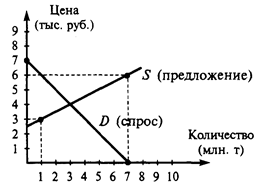The mode of life of people, traditional craft, interrelations. Customs and traditions are, perhaps, well comprehended through traditional dishes. The methods of cooking, which the Kazakh people used were closely linked with the culture and mode of life. The table manners of nomads, filled with so many customs, rituals, special behavior find its place in our time. The strict nomadic life laws have created moral and ethic norm. The whole clan and tribe shared the joys and sorrows of life, any unexpected traveler was an honored guest. Any steppe inhabitant knew, that he was a welcome guest and had a right to his share. This steppe tradition was strictly observed and is still observed today by the host. Some time later this violation merited a sort of punishment. That explains why every host regarded the ritual of hospitality as sacred rule and welcomed guests warmly and with all attention and kindly saw them off with good wishes.
The main traditional dish of Kazakh is besbarmak. It is mostly served for the guests and eaten by hands (bes barmak – means five finger). Besbarmak is usually cooked of fat mutton and parts of smoked horse meat and horse delicacies like kazy and shyzhyk. The meat is boiled and separately is boiled thin paste. Boiled parts of meat are put on the paste and spiced with a special flavoring called tuzduk. As the custom demands the host serves the meal in special crockey – tabak. The bas-tabak, which is placed before the most honourable guests is used to serve the mutton head, zhambas, horse meat delicacy and other fatty parts. The esteemed guest (usually the oldest one) cuts bit and part from the head and offers them to the other guests at the table. The secret of distribution of parts of the meat from the head lies in traditional wishes. When given the palate, it expresses the wish – “be wise and eloquent”, the larynx – a gift to sing, skin of forehead – “be the first among equals”. Meanwhile one or two dzhigits (young man), sitting next to the esteemed guest start cutting the boiled parts of meat to pieces and the dish is again spiced with tuzdyk. The guests are offered to help themselves to the dish. The youth and children usually sit at sides of the table dastarkhan. They receive meat directly from the elders. The custom is called asatu and symbolized the desire of the youth to experience the long and good life the elders have experienced. When all the meat and sorpa (soup with large fat content) have been eaten and drank, the most respected guest thanks the hostess on behalf of all the guests and blesses the hosts of that house.
In our days the main features of this old ritual and table etiquette exist, are carefully kept, followed and passes to their traditions.




